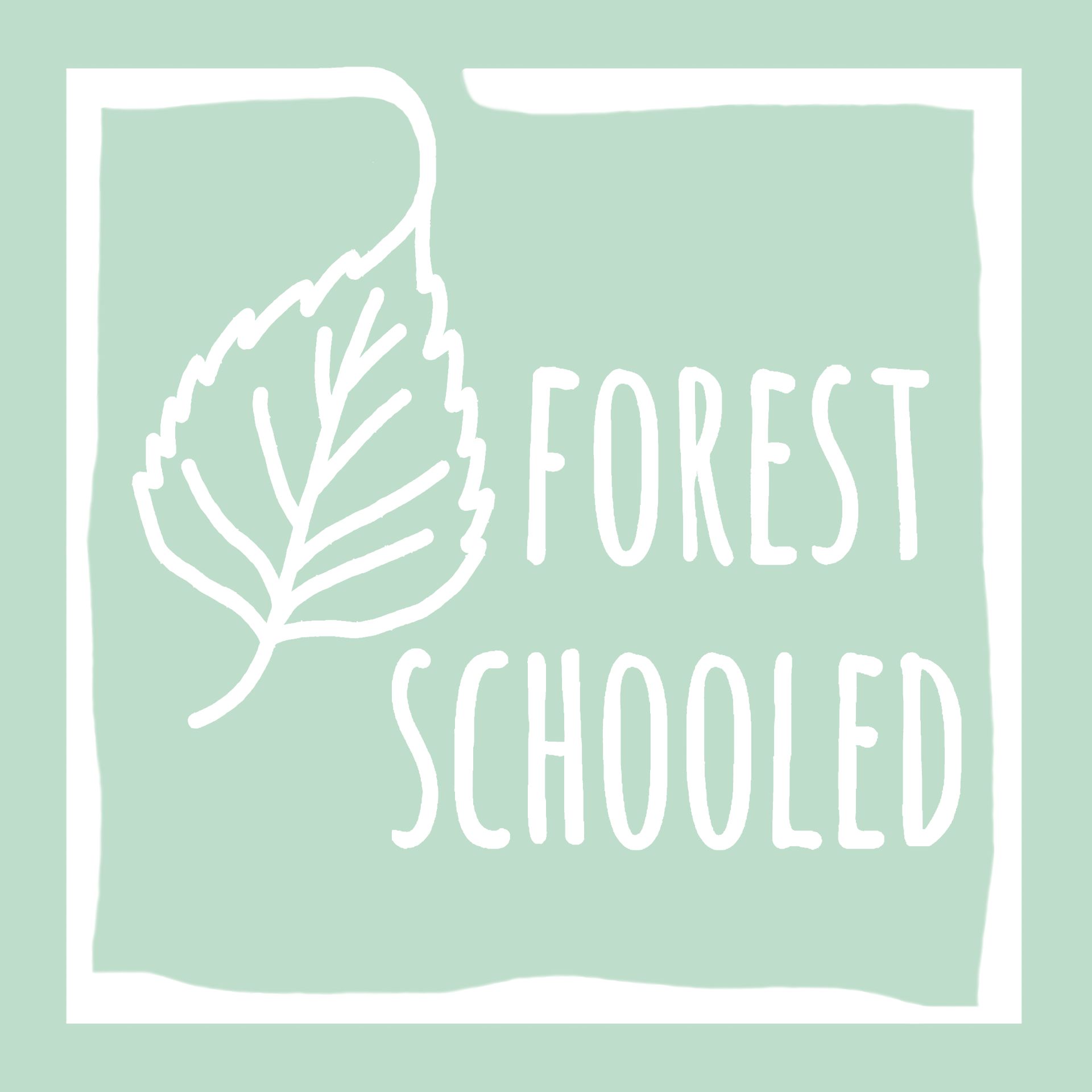
Blog
Stories from my personal journey learning about and delivering Nature-rooted programs across three different countries
Knots and Neurons: How understanding our brains can help us learn
Caylin (Forest Schooled)

Empty space, drag to resize
Teaching knots is fascinating to me. There are some people who just 'get it' – those who can watch a demonstration once and then do it themselves straight away. Then there are others who take longer to catch on and remember the steps to tying a particular knot well enough to repeat them again without any guidance. When someone struggles with learning a knot, I find it difficult to maintain that delicate balance of stepping back to allow learning to happen whilst also still providing support if the person needs it. I find I have to actively stop myself from jumping in too quickly when I notice they've gone awry somewhere and let them adjust or wait for them to ask for help.
Sometimes it can feel really frustrating for both of us if the process of learning takes awhile. There are times when I blame myself, feeling that it must be something wrong with the way I'm teaching it that is slowing down the process - sometimes this is definitely the case and I do my best to look at this carefully and adjust! However, recently I've started to look at knot tying (and many other learning experiences) in a different way and it's really helped me to be more patient.
Instead of thinking about the situation or person I'm working with, I've been thinking about the brain... specifically, what is going on in the brain when we are learning something new.
Our brains are made up of billions of cells called neurons. In the very simplest of terms, the way these neurons are connected together determines how we 'do stuff'. The connection from one neuron to the next and so on is called a pathway. When we learn something new, a new pathway is forged. The more we repeat the experience, the stronger the pathway becomes - “Like in a system of freeways connecting various cities, the more cars going to a certain destination, the wider the road that carries them needs to be. The fewer cars traveling that way, however, the fewer lanes are needed... Over time, these connections become thick, hardy road maps that link various parts of the brain -- and stimulating one neuron in the sequence is more likely to trigger the next one to fire” (Bernard, 2010).
Therefore, by repeating something over and over, you are strengthening the neural pathway required to complete that task or understand that concept. Now, the fact that repeating something helps us get better at it isn't really news, but thinking about it terms of the brain helps give more substance to the cliché saying, 'practice makes perfect'. This ability in our brain to change and adapt according to our experiences is called neuroplasticity (Rugnetta, 2014).

I was introduced to this bit of neuroscience in a practical way on some training a couple of years ago. Our group was asked to stand in a circle and we had to balance a stick between the tip of our finger and the tip of the finger of the person standing next to us. You couldn't hold the stick, but just had to gently press the end of the stick with your fingertip. The resistance of the person next to us pushing back with their fingertip kept the stick from falling.
Once the circle was formed, one person gently pressed the end of their stick which nudged the finger of the person next them holding up the other end of the stick. We were instructed that when we felt our stick nudge us on one side, to then pass the nudge around the circle. We timed how long it took for the nudge to pass around the entire circle. It took around 15 seconds the first time. Then we did it again. It took 12 seconds. And again. 10 seconds. We kept doing it until we consistently completed the circle in 7 seconds several times. This represented the formation of a neural pathway – we represented neurons and the sticks were demonstrating the electrochemical signals being sent from one neuron to another whilst learning something new. By repeating the task several times we were able to eventually reduce the time it took us the first time to do it in half. This demonstrated how what we had learned to do had been integrated into our neural network. We no longer had to think so much about what we were doing, we could just do it!
When I think about learning in these terms I find that I have more patience when working with kids or anyone who is learning something new. I just picture how those neural pathways are being formed and getting stronger and stronger each time they try something. It has helped me to step back and allow the learning to take place, understanding that sometimes learning just takes time! An added bonus is that it has also given me more patience with myself. Whenever I try something new and just don't get it at first, I don't let myself get too frustrated – I can actually laugh a little and think “Ha! Well those brain pathways just aren't strong enough yet, I better try again.”
I've also noticed that knowing this has given me more confidence in trying new things because I'm less judgemental about myself if I don't do it well or understand it the first time. I recognise that the pathway just hasn't been built yet, and know that I can work on that! This got me wondering about whether teaching children about neuroplasticity could have an impact on their confidence and self-esteem. According to Sara Bernard (2010), this potential is real:
“It turns out that if you tell students about [neuroplasticity], it can have an effect on their brains too. Researchers Lisa Blackwell of Columbia University, along with Kali Trzesniewski and Carol Dweck of Stanford University, published a study in the journal Child Development in 2007 that found that both morale and grade points took a leap when students understood the idea that intelligence is malleable. Not only did those students who already believed this do better in school, but when researchers actively taught the idea to a group of students, they performed significantly better than their peers in a control group.”
According to Judy Willis, a neurologist and educator, teaching students about the brain is a vital tool of empowerment. Willis (2009) argues that, “Teaching students the mechanism behind how the brain operates and teaching them approaches they can use to work that mechanism more effectively helps students believe they can create a more intelligent, creative, and powerful brain.” As a middle school teacher, Willis incorporates lessons on the brain with her class and has seen such a positive impact on her students that other teachers wanted to start doing it to. This led her to produce a resource called 'What You Should Know About Your Brain' which gives some easy to understand information about how our brains work, specifically with regards to learning (including information on neuroplasticity and more). It also provides guidance on things we can do to optimise our brain function. I highly recommend reading it! I found it very useful and it's got me thinking about ways I can incorporate the information into Forest School...
References:
Bernard, S (2010), Neuroplasticity: Learning Physically Changes the Brain, https://www.edutopia.org/neuroscience-brain-based-learning-neuroplasticity, 04/12/2016.
Hoiland, E (no date), Brain Plasticity: What Is It? Learning and Memory, https://faculty.washington.edu/chudler/plast.html, 02/12/2016.
Rugnetta, M (2014) Neuroplasticity, https://www.britannica.com/science/neuroplasticity, 04/12/2016.
Willis, J (2009), How to Teach Students About the Brain, http://www.radteach.com/page1/page8/page44/page44.html, 02/12/2016.
Willis, J (2012), A Neurologist Makes the Case for Teaching Teachers About the Brain, https://www.edutopia.org/blog/neuroscience-higher-ed-judy-willis, 04/12/2016.
More Posts
WANT TO GET FOREST SCHOOLED TOO?
Subscribe to my email letters, something special from me to you so we can learn together. Each one is filled with heart-felt stories from the forest, resources you may find useful, and things that hopefully bring a smile too.
Thank you!
© by FOREST SCHOOLED
